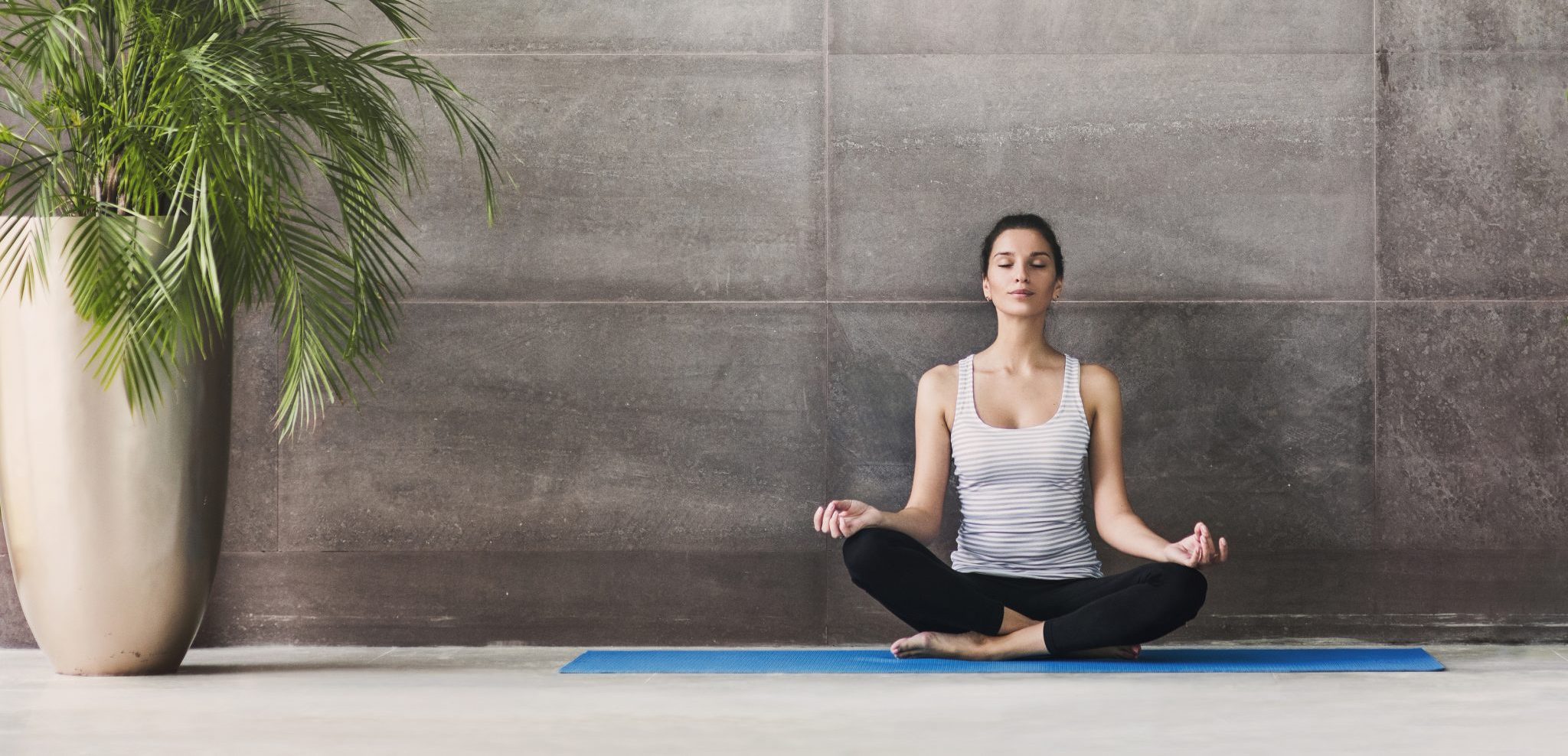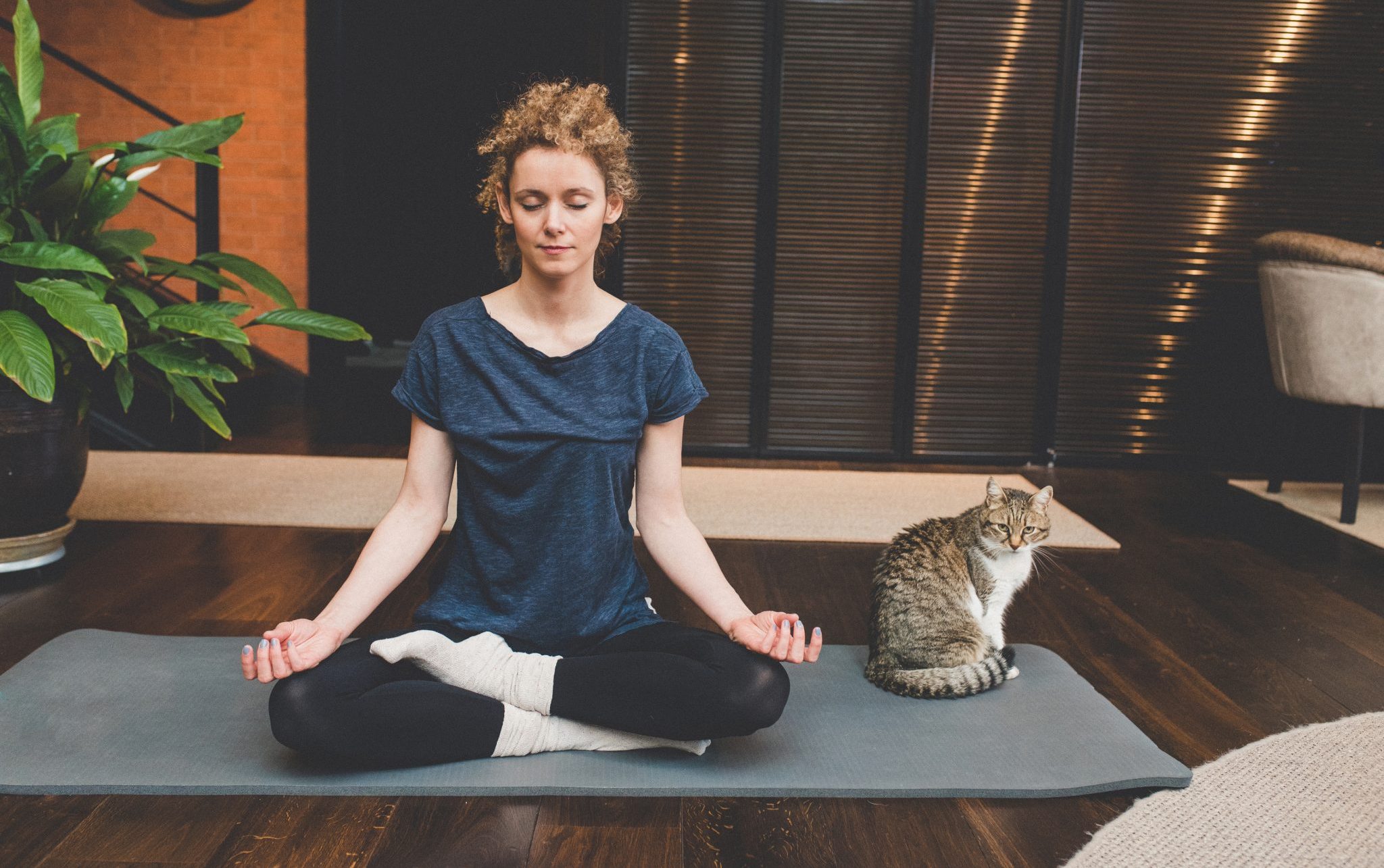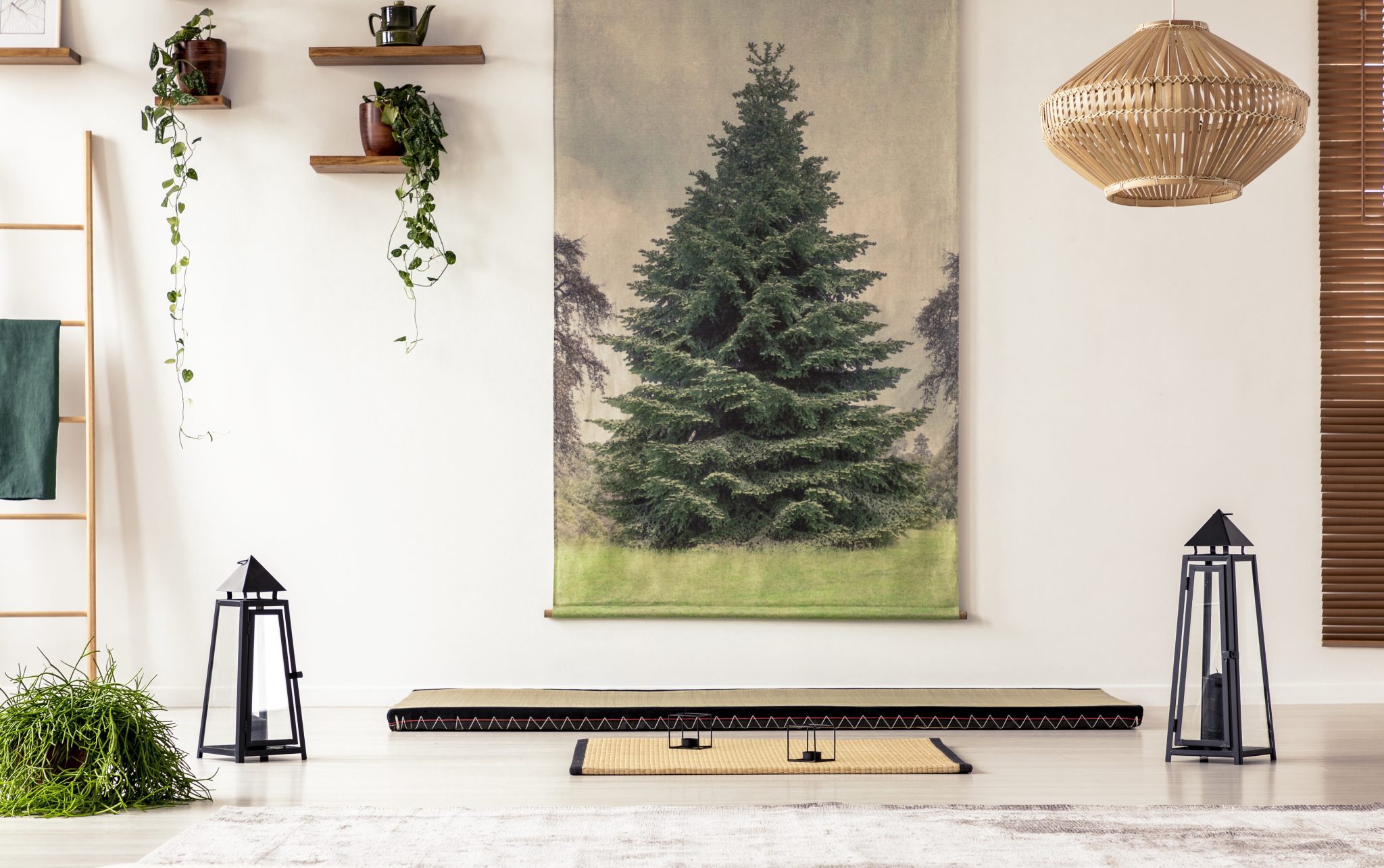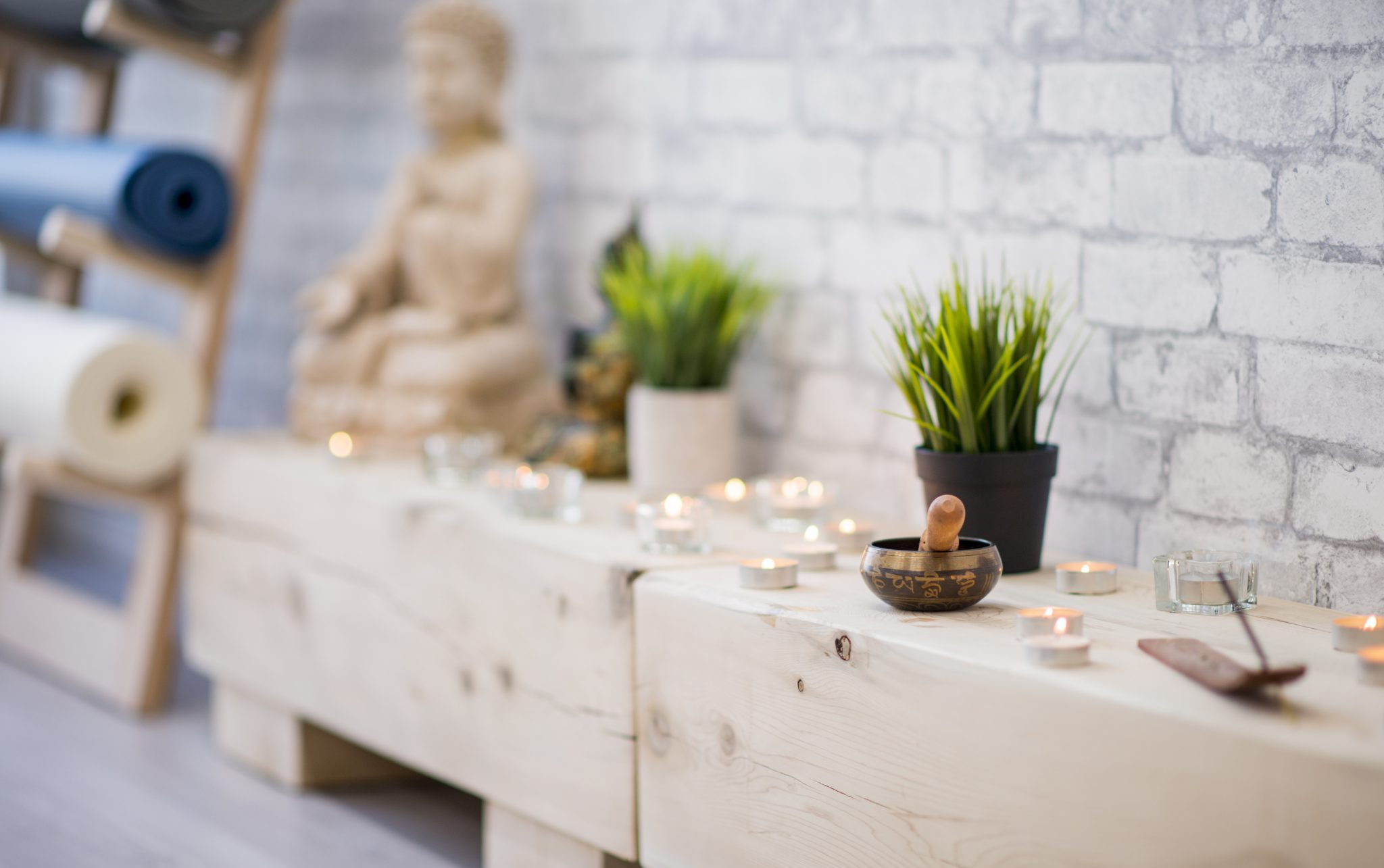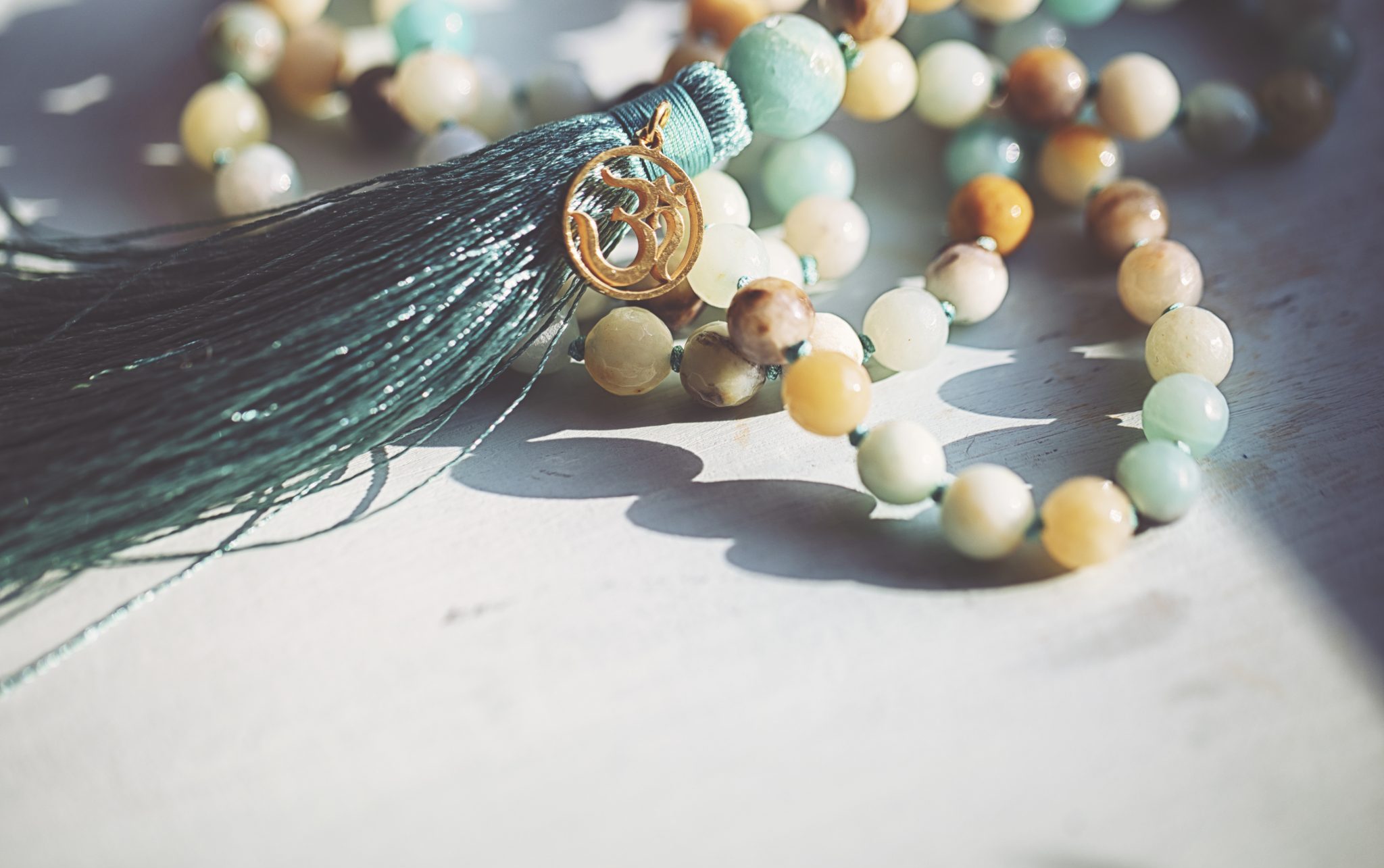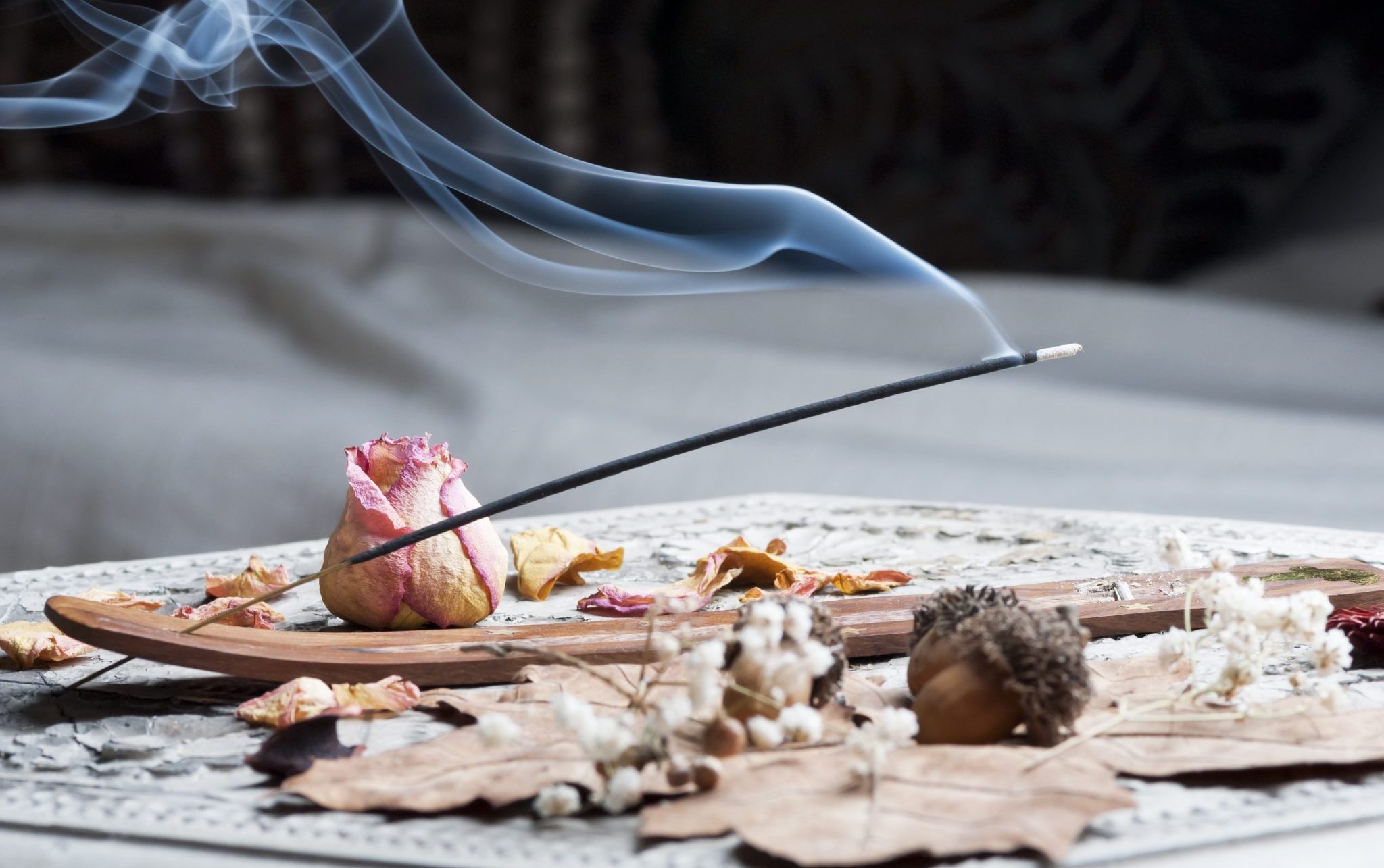Meditation is easy in a sense. The hardest part is to finally start. For the beginners there's hardly anything more motivating than to have a dedicated space. In this article we'll run through a range of aspects to consider if you decide to embark on meditation room decoration.
What is a home meditation room?
You may not have a spare room to dedicate solely for your meditation or yoga practice. And that's fine. That's actually very much expected. The less one has, the more creative one is encouraged to be. So, especially if you live in a small apartment, any unused little corner can easily be transformed into your meditation space.
Look around your home. Try to feel the energy in the different spots, the ones that belong to you and the ones that you share with others. Are there areas that nobody use? Sit down there and see if it has a potential to become your sacred mental shelter.
Meditation room ideas for home
There's something with those corners in the rooms – we tend to either clutter them with random stuff or leave them completely empty. There's a belief that bad energy likes to accumulate in the corners. This might be true, but try them out first by yourself. In any case, you'll be clearing out that energy with your practice and everything that comes along with it.
It would be amazing if you could make some room next to the window. Perhaps you have wide windowsills? If it's not possible to get your hands on a sun-lit space, look for areas that may have an even more important benefit – a certainty for uninterrupted privacy. Do you have a cellar or an attic? Do you have a half-full walk-in closet? Do you have a home office?
Later on in your meditation journey you should be able to detach from all your worries, reconnect with yourself and your inner peace.
You will learn to recognize the here and now moment any time of the day and anywhere. But when you're just starting out, you may want to help your brain to go into the peaceful zone by reconditioning it with external elements.
Décor elements for your four senses
Sight
After you find the space for your future mental retreats, clear it out completely to have a fresh start. Then you may want to try and pick the color for painting the walls or for the general theme of the visuals in your peaceful corner. This is an important step because the color will affect the way you feel.
White, yellow, blue, and green are widely considered to be the most fitting for this purpose. Before painting the walls, use your computer screen or a bigger format paper to gaze into the color you are thinking about and noticing how it makes you feel.
Choosing your favorite color might be tricky here. It's one thing to be dressed head-to-toe in black and feel awesome and another thing to try and meditate in a room painted in black. But it's all very personal, so see what feels right to you and go for it. It works best if you pick one dominant color and two complimentary ones for the whole ensemble of your space.
It might be helpful to pick a theme for your meditation room. Do you want a feeling as if you're in a temple? Or maybe you'd love to have a piece of a beach or a forest in your home? Do you find motifs of water or fire most inspiring? Or would you rather have this space as minimal as it can be to counterbalance the chaos in the rest of your home?
Consider cushions, mats, curtains, a folding screen, lighting options, posters, paintings, live indoor plants. Think of smaller scale decorations too, such as pebbles, twigs, miniature fountains, candles.
Sound
This one is more flexible an element of your meditation room, as you can change it anytime. Take into consideration the preexisting sources of white noise in your space. Does it bother you or sooth you?
If your chosen space is near the window, wind chimes can be quite a relaxing option for the auditory background. If your space is pretty noisy, control its impact on you by having your music player and headphones handy.
Take the time to make a few playlists that perhaps would work for different intentions: relaxing, energizing, inspiring, hypnotic. Better not use your cell, though, to avoid all the distractions.
Make sure your decorations create the sounds that don't annoy you. If something unexpectedly squeaks, creaks, or peeps the way that bothers you, it will become a problem eventually.
Touch
When choosing the fabrics and the materials for your decorations, keep the sense of touch in mind. The fancy oriental pillows may look beautiful to the eye, but if they're too slippery or too firm to sit on comfortably, they will be all you can think about when you really should think about nothing at all.
Consider how different elements of decoration interact with one another and with you. Is it easy to pick up and move things on your coffee table? Does it feel nice when your feet land on the rug or the mat?
Smell
Smells have a power so great that it can instantly and vividly evoke the most emotionally charged memories that were long forgotten. So don't dismiss this part of adornment. The smell will bind everything together, if chosen carefully and with kind intentions.
Incense sticks work best. Be sure to choose natural and hand-rolled instead of the cheaper synthetic factory-made ones. Consult with the shop assistant to help you pick the incense sticks that will not only be pleasant for your nose but also meet your needs.
Experiment with smudging such natural incense as Palo Santo and sage. Both of them are similarly powerful in uplifting your spirit, cleaning up the air, purifying the energy in the room, and even having some serious healing properties. It's worth checking them out, that's for sure.
Invest some time in studying the amazing world of aromatherapy. Help your body to reap all the fruits from your meditation by enhancing your experience with a variety of essential oils, each of which have a range of specific properties.

